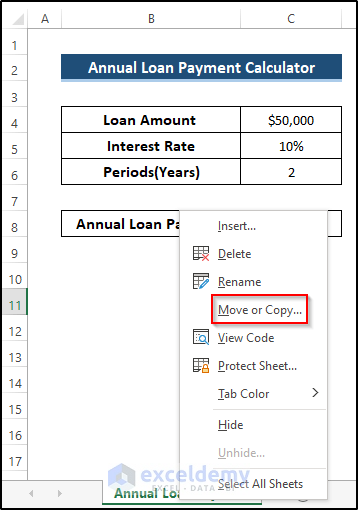Find Duplicate Numbers in Two Excel Sheets Easily

Working with large datasets in Excel can be a daunting task, especially when you need to find duplicate numbers between two different sheets. This guide will provide you with a step-by-step approach to easily identify and manage duplicate numbers, making data analysis in Excel more efficient and straightforward.
Understanding the Basics

Before diving into the techniques, it’s beneficial to understand a few basics:
- Duplicate numbers are those that exist in both sheets you are comparing.
- Excel offers various tools for comparing data, but we’ll focus on the most effective methods.
Method 1: Using Conditional Formatting

Conditional Formatting in Excel is a powerful tool that can help visually identify duplicates:
- Select the range in your first Excel sheet where you want to check for duplicates.
- Navigate to the ‘Home’ tab, then select ‘Conditional Formatting’, followed by ‘New Rule’.
- In the ‘New Formatting Rule’ dialog, choose ‘Use a formula to determine which cells to format’.
- Enter the formula:
=COUNTIF(Sheet2!A1:A1000,A1)>0, assuming you are comparing with cells A1 to A1000 in Sheet2. Adjust the range as per your dataset. - Click ‘Format’, set your desired highlight color, and then click ‘OK’.
- In a blank column beside the first sheet’s data, use the VLOOKUP function:
- The formula should be:
=VLOOKUP(A1,Sheet2!A:A,1,FALSE)where A1 is the starting cell in your first sheet, and Sheet2!A:A is the entire column of numbers from the second sheet you’re comparing against. - If there’s a match, this formula will return the number; if not, it’ll show #N/A.
- To clean up, wrap this formula with
IFERRORto display something else when there’s no match, like:=IFERROR(VLOOKUP(A1,Sheet2!A:A,1,FALSE), “No Match”) - Start by copying the range of cells you want to check for duplicates from the first sheet into a new worksheet.
- Use ‘Advanced Filter’ to show only unique records or to extract duplicates from this new sheet.
- Here’s how:
- Go to ‘Data’ > ‘Advanced’.
- Select ‘Copy to another location’.
- In the ‘List range’, choose your copied data.
- In ‘Criteria range’, leave it blank or input criteria if applicable.
- In ‘Copy to’, select where you want the filtered results to go.
- Check ‘Unique records only’ to filter out duplicates.
- Filter the results to only show the duplicates you’ve identified.
- Consider using Power Query for a more robust and dynamic approach to finding duplicates.
- Ensure you enable ‘Faster Operations’ in Excel to improve performance with large data sets.
- Break your data into manageable segments if the dataset is excessively large.
🔍 Note: Replace ‘Sheet2’ with your second sheet’s name if it differs.
Method 2: VLOOKUP for Quick Checks

While Conditional Formatting highlights cells, VLOOKUP provides a way to dynamically list duplicates:
Method 3: Advanced Filtering

For larger datasets or when you need to perform complex operations on the results, consider using Advanced Filtering:
Handling Large Datasets

When dealing with larger datasets:
Wrapping Up

In this comprehensive guide, we’ve explored three methods to find duplicate numbers between two Excel sheets, providing you with both basic and advanced techniques. From conditional formatting to advanced filtering, these approaches cater to different scenarios you might encounter. Efficiently managing duplicate data can significantly enhance your data analysis process, leading to better insights and more accurate data-driven decisions.
Can I find duplicates in more than two sheets?

+
Yes, you can extend the same methods to more than two sheets, but it will require more complex formulas or the use of Power Query for more efficient handling.
What’s the difference between exact and approximate matching?

+
Exact matching looks for the exact cell value, while approximate matching uses a sorting algorithm to find the closest match when an exact match isn’t available.
How can I handle case sensitivity?

+
Most Excel functions are not case-sensitive by default. For case-sensitive matches, use EXACT in combination with other functions.